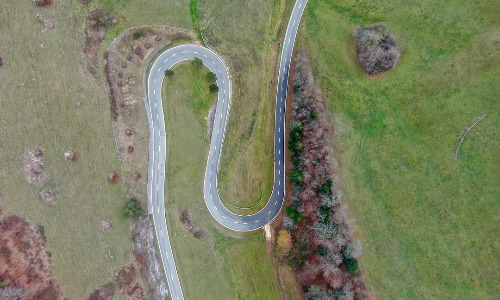Plansplaining, part 22. SQL Graph (part 3)
No Comments
Welcome to part twenty-two of the plansplaining series, where we will continue our look at execution plans for graph queries. We started this series by investigating the hidden columns in the internal structure of graph tables. In the second part, we looked at how those hidden columns are used in the execution plan for a relatively basic graph query. Time to up our game and tackle the SHORTEST_PATH function, introduced in SQL Server 2019, that can be used to make SQL Server search a graph iteratively or recursively to find the shortest possible path from one node to another. Sample…



